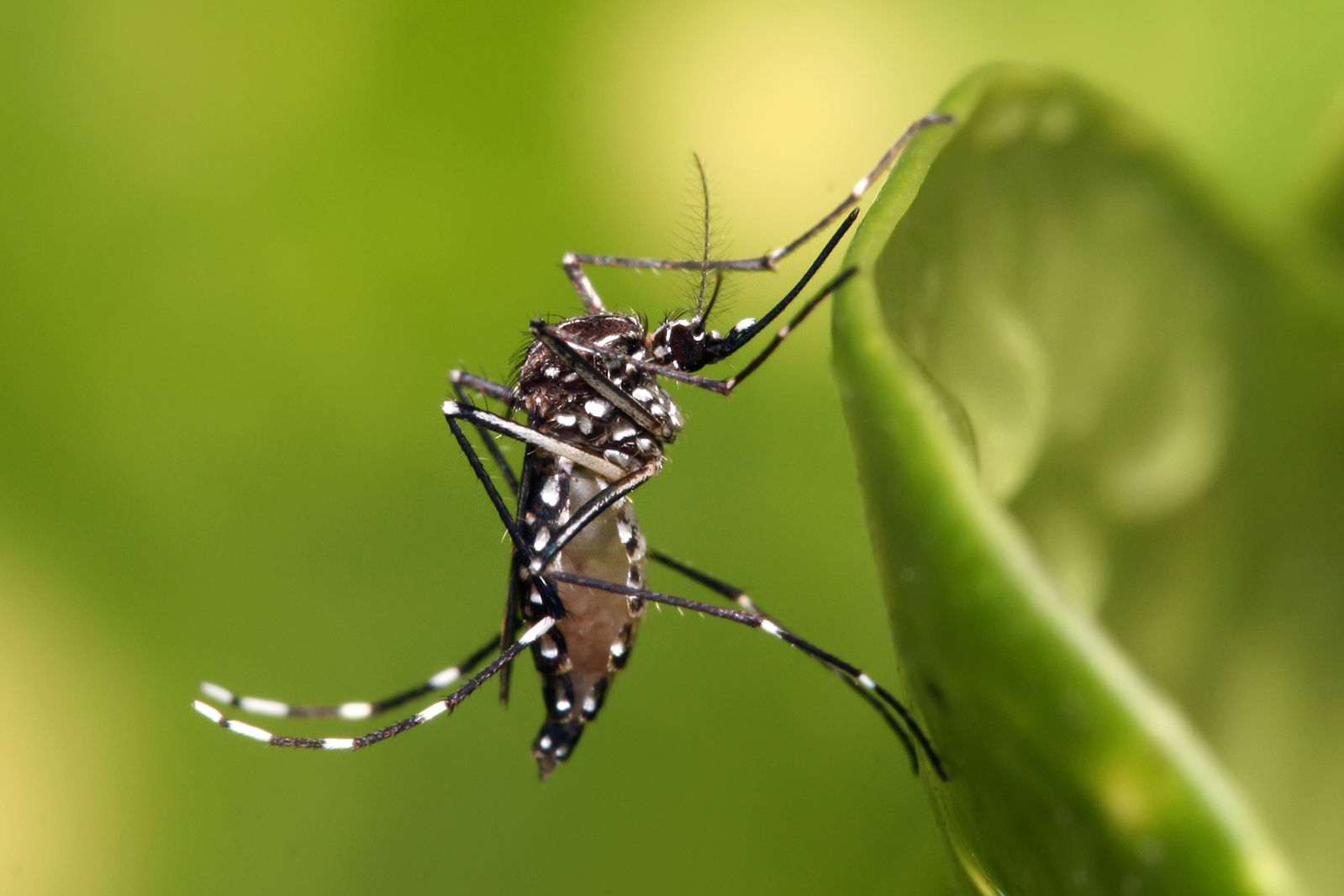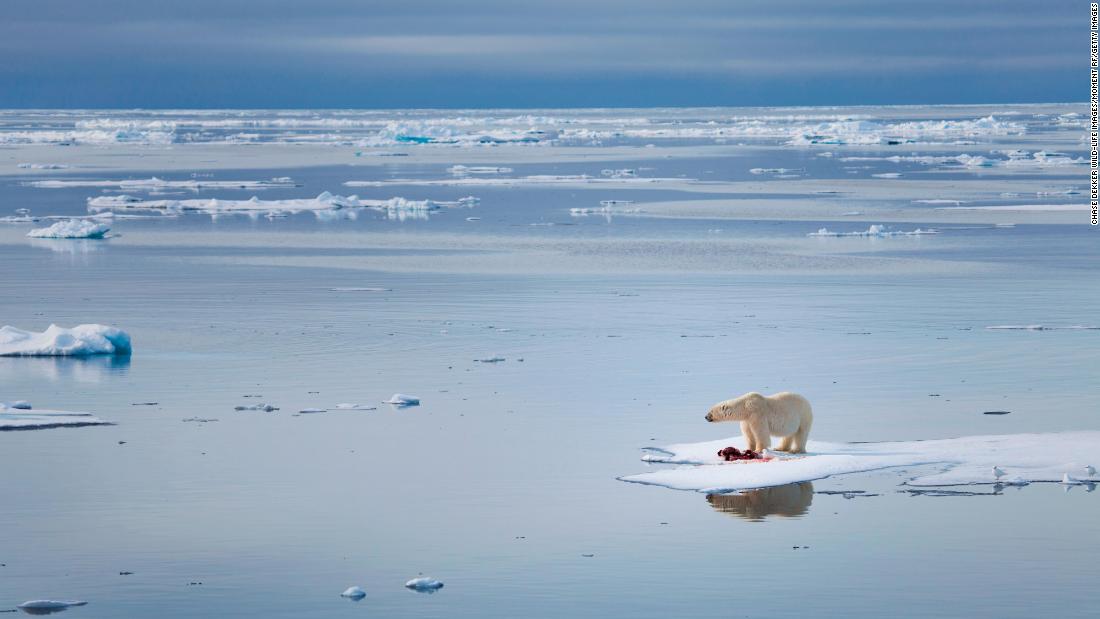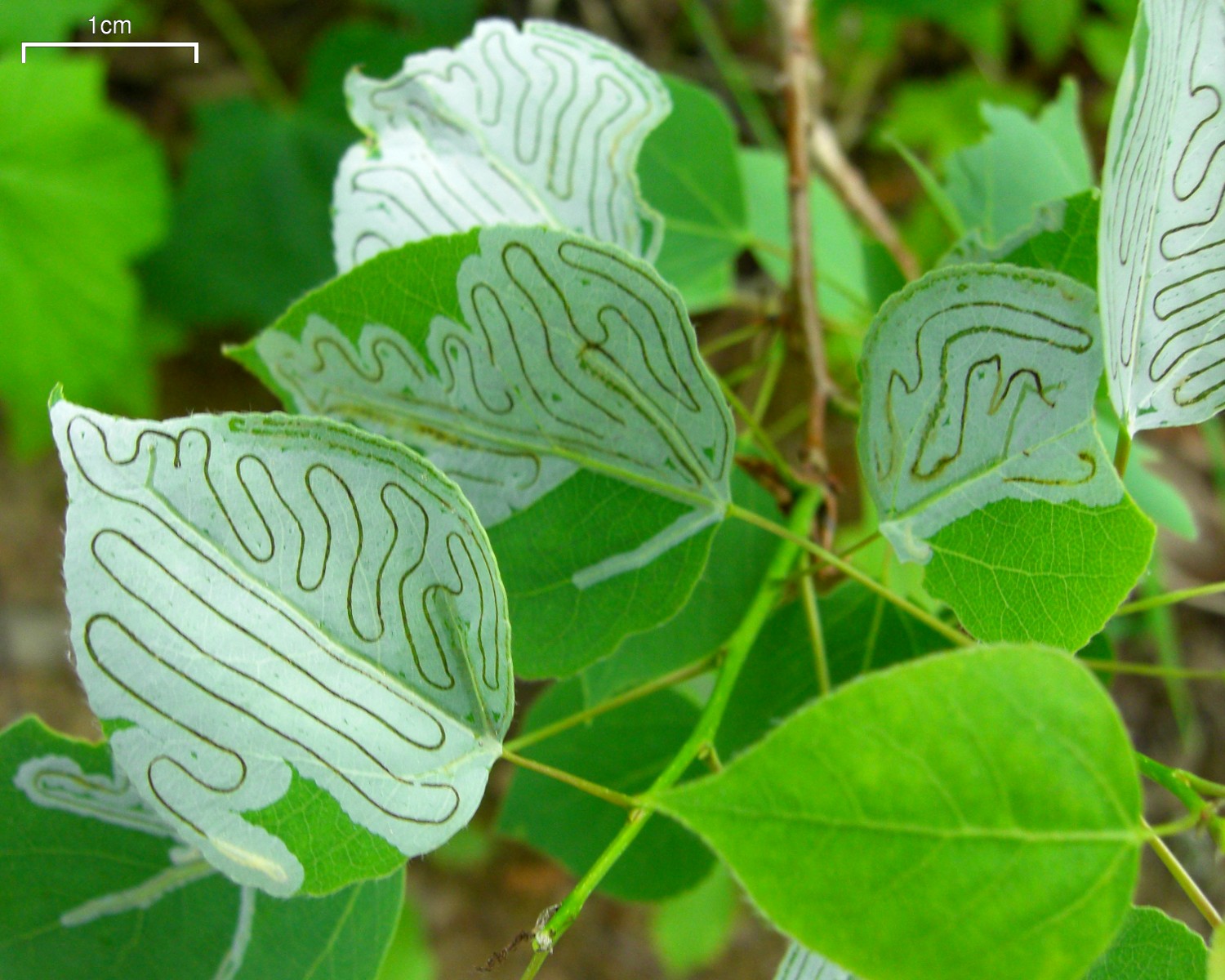
Mosquito diversity in space and time
Bzzzz – what would Alaska summers be without mosquitoes? Even though we might not enjoy their presence when trying to enjoy the outdoors, mosquitoes play an important role especially in arctic ecosystems. Forming dense clouds during the growing season, they help distribute plant pollen, provide a food source for migratory nesting birds and can impact the migration paths of caribou.
This learning tool provides you with some basic information on mosquito biology and determine emergence patterns in Alaska. The data displayed here were collected by the National Ecological Observatory Network (NEON) at five sites along a latitudinal gradient in Alaska.

Marine ecology – changes in nutrient distributions
The marine food web starts with nutrients dissolved in seawater. Phytoplankton consume dissolved nutrients and are eaten by larger organisms, which are then eaten by bigger fish and other animals in the sea. Using data from the Northern Gulf of Alaska (Long Term Ecological Research Site) this module presents an investigation on seasonality and regionality of nutrient distributions.

Leaf physiology and aspen leaf miner
The aspen leaf miner (Phyllocnistis populiella) is a tiny moth that feeds inside the epidermal tissue of aspen leaves. The species has caused widespread damage to aspen trees in Alaska and northern Canada for decades. This exercise challenges students to use data on the physiology of damaged and undamaged leaves to assess the impact of the leaf miner for aspen photosynthesis and water balance, and to better understand the role of the leaf epidermis in leaf function.